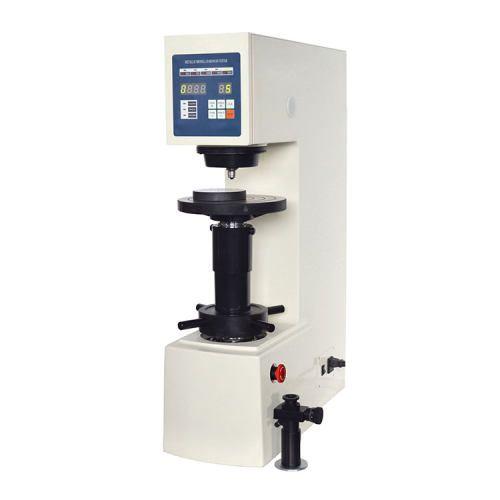The Brinell Hardness Tester is a common tool for determining a material's hardness. It has several advantages and disadvantages that make it appropriate for some uses but inappropriate for others.
Advantages
l Wide range of applications: Materials that can be tested with the Brinell test include plastics, certain ceramics, and ferrous and non-ferrous metals.
l High accuracy: The test yields precise findings, particularly for more flexible materials.
l Less sensitive to surface irregularities: The Brinell test is less vulnerable to surface imperfections and non-homogeneities in the material due to its large indentation size.
l Simple operation: The exam is comparatively simple to administer and needs little preparation.
l Portable options available: Brinell testers come in a variety of sizes and configurations to meet the requirements of both field and laboratory testing.
l Cost-effective: Comparing the Brinell test to other methods of hardness testing, its cost is generally lower.
Disadvantages
l Limited to softer materials: Extremely hard materials should not be tested with the Brinell test because the deformation of the indenter ball can result in readings that are off.
l Large indentation: The test specimen may be damaged due to the large indentation size, which renders it unsuitable for small parts or thin materials.
l Not suitable for curved surfaces: The test is unreliable because the ball indenter cannot fully contact curved surfaces.
l Longer testing time: Generally speaking, the Brinell test requires more time than Vickers or Rockwell methods for determining hardness.
l Requires more maintenance: Regular replacement of the indenter ball and increased machine maintenance are necessary.
For determining the hardness of a variety of materials, the Brinell Hardness Tester is an invaluable instrument. However, when selecting the proper testing method, its limitations need to be taken into account. You can choose the approach that best fits your unique requirements by being aware of the benefits and drawbacks of the Brinell test and contrasting it with other possibilities.

